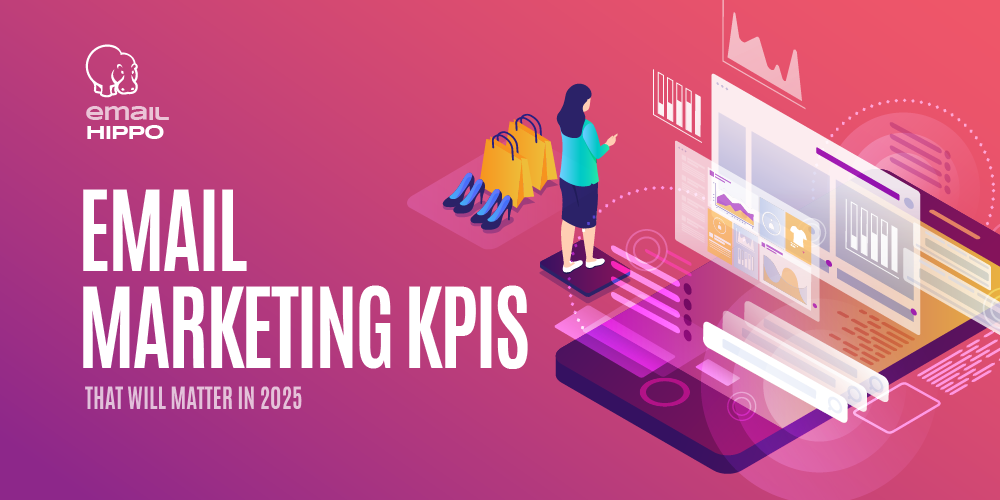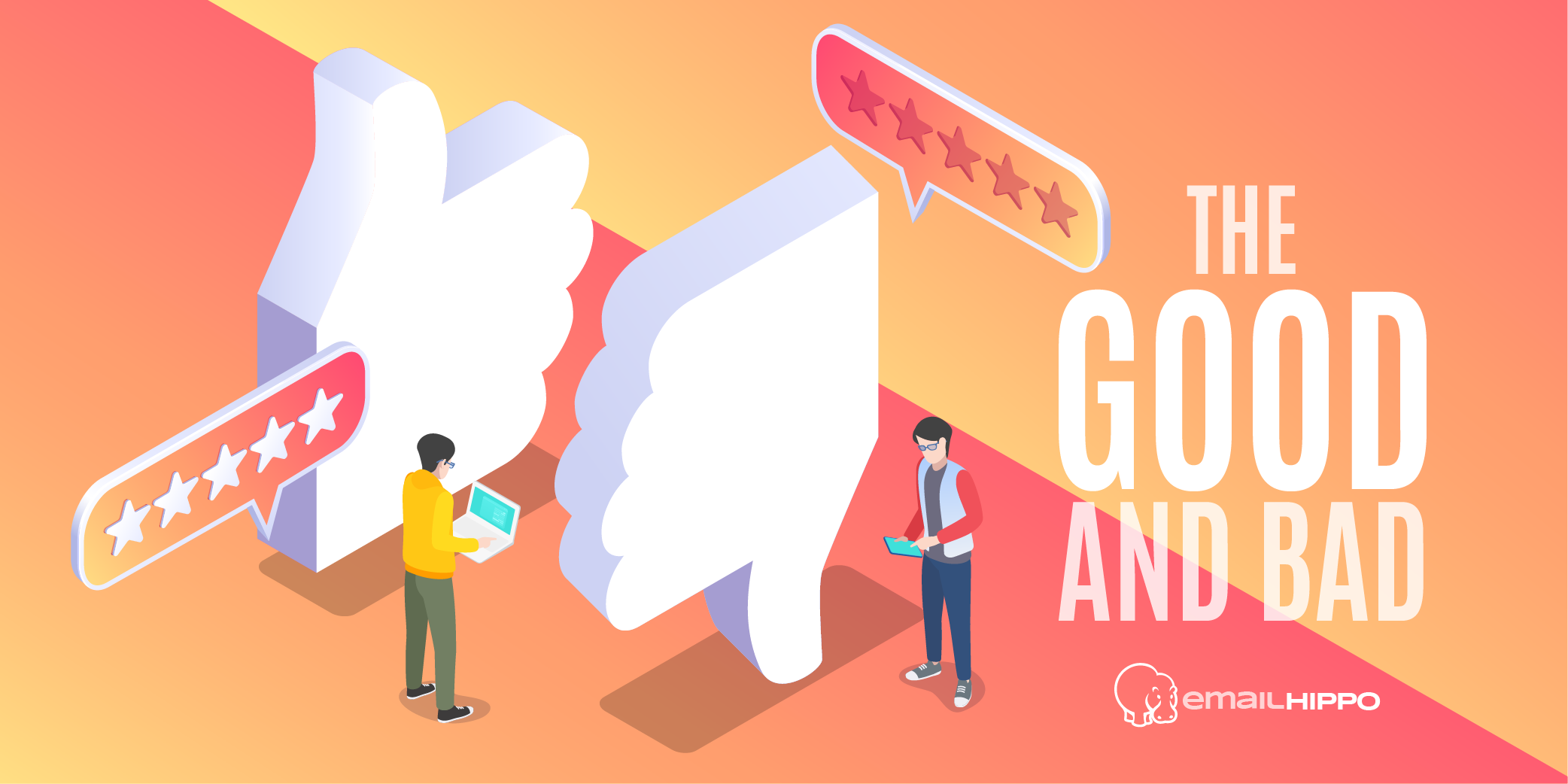You've Got Mail! Those iconic words, which, if you were born before the year 2000, you probably associate with the rather harsh white noise from the AOL dial-up and the routers of yesteryear.
The audio announcement that, indeed, you had an email in your inbox back in the 1990s, was recorded by Elwood Edwards in 1989. He was prompted by his wife, who worked at Quantum Computer Services before they became AOL (America Online). For many, AOL was the dominant internet provider and a household name, providing email services in the nineties.
But let's dive into the intriguing origins of email.
The development of email took place in the 1960s when networks and protocols were just figments of imagination, and intranets were reserved for research institutions, the military, and the brainiacs who thrived there.
Back in the 1960s, computers came with price tags ranging from $20,000 to a whopping one million dollars, depending on their type and capabilities. Adjusted for inflation, that's a six-figure expense. These computers, though more compact than their room-sized predecessors, were still financially out of reach for smaller businesses.
So, what happened in October 1969 that paved the way for the email we know and love today?
1969 was quite a year for email, and even the idea of communicating between two computers was groundbreaking. Until then, computers had their own telephone lines to connect to others, and they were largely shared by colleagues through time-sharing systems, allowing multiple users to share computers simultaneously.
Back then, messaging between computers was a far cry from today's world of smartphones, tablets, and laptops.
During the highly charged Cold War era of the 1950s, the race to gain an edge over their Soviet rivals led the United States to form NASA (National Aeronautics and Space Administration) and the government agency ARPA (Advanced Research Projects Agency).
ARPA was funding computer research at various US university locations and was exploring the concept of a network for these institutions to share resources through a shared connection. Leonard Kleinrock, an American computer scientist, was hard at work trying to figure out how to communicate digitally between two servers. In 1965, Kleinrock had developed the mathematical theory behind "packet switching," which allowed information to be sent from one computer to another in small pieces on a network at the Massachusetts Institute of Technology (MIT), Lincoln Lab.
On October 29th, 1969, Kleinrock successfully sent the first node-to-node communication over the ARPA network, from one part of California to another—the University of California across to Stanford Research Institute, now Stanford University. This event marked a pivotal moment in the development of what would become the modern internet.
The word chosen for this momentous occasion? "Login." It was sent one individual digit at a time. When the system crashed at the “G” of Login, the first-ever transmitted word (verified by a phone call!) was LO.
By the end of 1969, the ARPANET was complete, and in 1971, Ray Tomlinson is credited with sending the first electronic message. A young engineer working at the firm contracted to build the ARPANET, Tomlinson wanted to enable messaging between ARPANET computers without using dedicated phone lines.
Until then, telephone conversations were the norm, but Tomlinson pointed out in 1971 that they only worked if someone was there to take the call! Being able to leave messages on a computer was just “a neat thing to do,” he admitted years later. However, the content of that first message and the date when it was sent remain sketchy.
Tomlinson couldn't recall the exact wording of this first ‘person-to-person message.’ The message could have been just as unimaginative as ‘Login.’ He recalled it might have been "test 123" or QWERTYUIOP; either way, it was an unremarkable start to something that would change the way we communicate forever.
Tomlinson remained humble about his role, calling this first message not really a work task but something he was ‘fooling around with.’
But what about the "@" symbol?
Another innovation credited to Tomlinson is the use of the "@" symbol. Needing something to separate the recipient's name from the host server address, he chose the little symbol "@"! The thousands of users on the ARPANET at the time couldn’t have predicted that the conventions and protocols put in place then would bring such radical change to the world.
The Queen of England even got involved in the email action! In 1972, Queen Elizabeth II of Great Britain became the first monarch to send an email during a visit to a telecommunications center in Malvern, England, using the ARPANET.
Spam made its debut early! In 1978, Gary Thuerk, a Marketing Manager at Digital Equipment Company, sent the first email blast to 300 addresses on the ARPANET, trying to sell computers; and no, he didn't have their consent! Thuerk alleges he earned $13 million in sales from that first email!
But what about the internet?
In the early 1980s, the rapid development of technology, access to computers, and the launch of the internet accelerated the ability and popularity of sending email. Specifically, the development of standardized email protocols like SMTP (Simple Mail Transfer Protocol) played a crucial role in this acceleration. Initially, email was primarily used by governments, businesses, defense agencies, and educational institutes.
The real email boom and its inclusion in our day-to-day small business and private use came in the 1990s with the public use of the internet becoming much more readily available.
But what about the present and the future of email? In an interview back in 2012, Tomlinson conceded: "I see email being used, by and large, exactly the way I envisioned. In particular, it’s not strictly a work tool or strictly a personal thing. Everybody uses it in different ways, but they use it in a way they find works for them."
That still stands true today. However, with the advances in technology and the ever-present threat of cybercrime, ensuring email users protect themselves from fraudulent use of email is paramount.
With over 300 billion emails being sent every day, it has become such an important and irreversible part of our electronic lives. Can you imagine coping without it?




